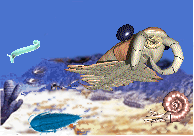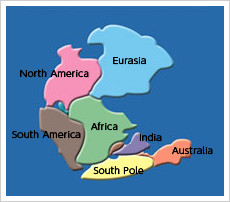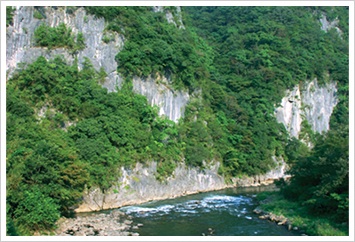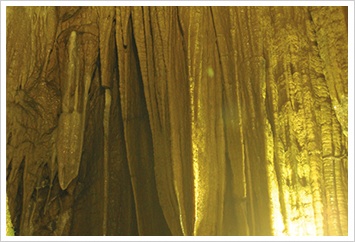- HOME
- Calcium carbonate Museum
- Where CaCO3 came from?
Origin of CaCO3
Our Earth reserves inexhaustible huge amount of CaCO3. Why so much CaCO3 exist on the Earth? It depends on the Earth destiny which related long term environmental change and origin of life in solar system. Birth of Earth was 4.6 Billion years ago. A new-born Earth completely differs from the present Earth. The main component of the atmosphere was carbon dioxide(CO2) and nitrogen(N2) and oxygen did not exist. The table below compares primordial Earth’s atmosphere to present Earth’s atmosphere, present Venus’s atmosphere and present Mars’s atmosphere. Although atmospheric pressure differs, respectively, while present Earth’s atmosphere consists of nitrogen and oxygen, primordial Earth’s atmosphere, present Venus’s atmosphere and present Mars’s atmosphere each atmosphere consists of carbon dioxide and nitrogen. Why these atmospheric differences had been occurred?
Origin of calcium carbonate
| Primordial Earth | Present Earth | Present Venus | Present Mars | |
|---|---|---|---|---|
| Atmospheric composition | CO2(the main component) Nitrogen Moisture |
CO2 0.035% N2 78% O2 21% |
CO2 96% N2 3% |
CO2 95% N2 3% |
| The pressure of the atmosphere | Several tens of MPa (several hundreds of pressure) |
0.1MPa (1 pressure) |
92MPa (920 pressure) |
0.0007MPa (0.007 pressure) |

After birth of life-form, carbon dioxide decreased at a tremendous velocity. Besides calcareous skeleton life-forms such as shells, fusulina, and sea lilies had been absorbing carbon dioxide rapidly to form their calcium carbonate bodies. A part of CaCO3 was decomposed to calcium and CO2 by heat of magma, but almost CaCO3 accumulated on the Earth’s crust. In contrast oxygen concentration increased by vegetables. In this manner spending a long time the primordial Earth had been changed gradually to accumulate calcium carbonate. In other words calcium carbonate could exist only in Earth and it can also be said CaCO3 is symbolic of lives. Conversely in Venus and Mars it does not found CaCO3 show give a sign of sea and lives.
In the future if we move to Mars, to make cement for building stuff it might import CaCO3 from the Earth.


Source of CaCO3, - Karst -
A region of CaCO3 source, a peculiar topography is observed called ”Karst”. Karst was made by rain encroaching the limestone rock. This phenomena depends on the chemical property that calcium carbonate is easy to dissolve to water(with carbon dioxide). Rainwater runs on the surface of limestone and penetrated limestone from a crack in a rock and is encroaching on the limestone for a long time, so that formed a singular geographical features. There are many Karst in Japan ”Hiraodai Kyushu”, “Akiyoshidai Yamaguchi”, ”Shikoku karst”, “Ohumi Karst”, “Ohme Karst”, “Hachinohe Karst”. They are known as picturesque scenery with its limestone caves and stone pagodas. There are many Karst not only in Japan but also in the world.
Guilin in China is very famous.
Guilin in China is very famous.








